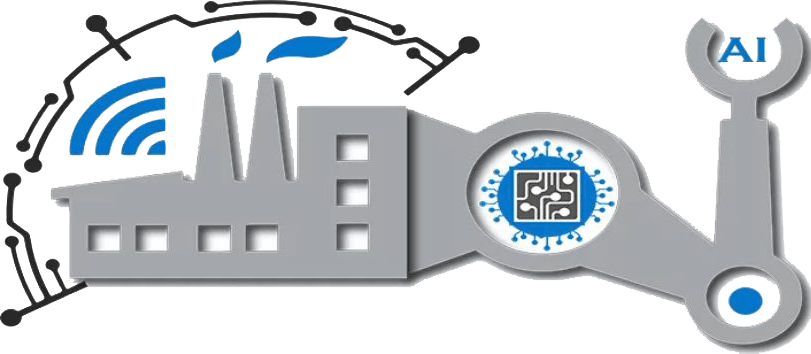Pioneering the Next Industrial Revolution through Advanced Connectivity
Abstract:
Industry 5.0 stands at the crossroads of innovation, and the integration of 5G technology emerges as a transformative force in catalyzing the next industrial revolution. This comprehensive paper delves into the nuanced role of 5G in Industry 5.0, exploring its key components, applications, challenges, and the unprecedented impact it brings to industrial processes.
1. Introduction:
As Industry 5.0 unfolds, the convergence of digital technologies and intelligent connectivity takes center stage. At the forefront of this evolution is the deployment of 5G, a revolutionary leap in wireless communication. This paper elucidates the multifaceted dimensions of 5G’s role in Industry 5.0, redefining the boundaries of industrial connectivity and unleashing a new era of possibilities.
2. Key Components of 5G in Industry 5.0:
a. Ultra-Reliable Low Latency Communication (URLLC): 5G introduces URLLC, ensuring ultra-reliable and low-latency communication crucial for real-time industrial applications. This component is foundational for achieving instantaneous responsiveness in critical industrial processes.
b. Massive Machine Type Communications (mMTC): 5G’s mMTC capability facilitates the connection of a massive number of IoT devices and sensors. This empowers Industry 5.0 with a dense network of interconnected devices, enabling pervasive data collection and comprehensive monitoring.
c. Enhanced Mobile Broadband (eMBB): The eMBB feature provides high-speed, high-capacity data transfer, facilitating seamless connectivity for applications such as augmented reality, virtual reality, and high-definition video streaming in Industry 5.0.
3. Applications in 5G for Industry 5.0:
a. Real-Time Remote Control: 5G enables real-time remote control of industrial machinery and processes, allowing operators to control and monitor operations with unparalleled precision. This is instrumental in scenarios where immediate decision-making is critical.
b. Augmented Reality (AR) for Maintenance: Industry 5.0 utilizes 5G-powered AR for maintenance tasks, providing on-site technicians with real-time, context-aware information. This enhances troubleshooting, reduces downtime, and optimizes maintenance procedures.
c. Smart Factories and Collaborative Robotics: 5G transforms factories into smart, connected environments. Collaborative robots, powered by 5G connectivity, can work seamlessly alongside human workers, leading to agile, adaptable, and highly efficient manufacturing processes.
4. Challenges and Considerations:
a. Security Concerns: The increased connectivity introduced by 5G also amplifies security risks. Safeguarding industrial networks from cyber threats and ensuring the integrity of sensitive data becomes a paramount challenge in Industry 5.0.
b. Infrastructure Investment: The widespread implementation of 5G in Industry 5.0 requires significant infrastructure investment. Ensuring the seamless integration of 5G networks with existing industrial systems poses logistical and financial challenges.
5. Future Implications:
The integration of 5G into Industry 5.0 heralds a future where industrial processes are not only connected but also dynamic, responsive, and intelligent. The implications extend beyond efficiency gains to foster a new era of innovation and industrial possibilities.
6. Intelligent Connectivity and Industry Evolution:
a. Dynamic Supply Chain Management: 5G facilitates dynamic supply chain management, optimizing logistics, and ensuring real-time visibility. This adaptive approach enhances responsiveness to changing market conditions and consumer demands.
b. Digital Twins and Simulation: The low-latency capabilities of 5G support the seamless integration of digital twins and simulation in Industry 5.0. This enhances design processes, enables predictive maintenance, and contributes to continuous improvement.
Conclusion:
In conclusion, 5G technology stands as a linchpin in the realization of Industry 5.0’s vision. The integration of ultra-reliable, low-latency communication, massive machine type communications, and enhanced mobile broadband unleashes unprecedented connectivity, transforming industrial processes, and propelling us into a new era of intelligent industry evolution.
